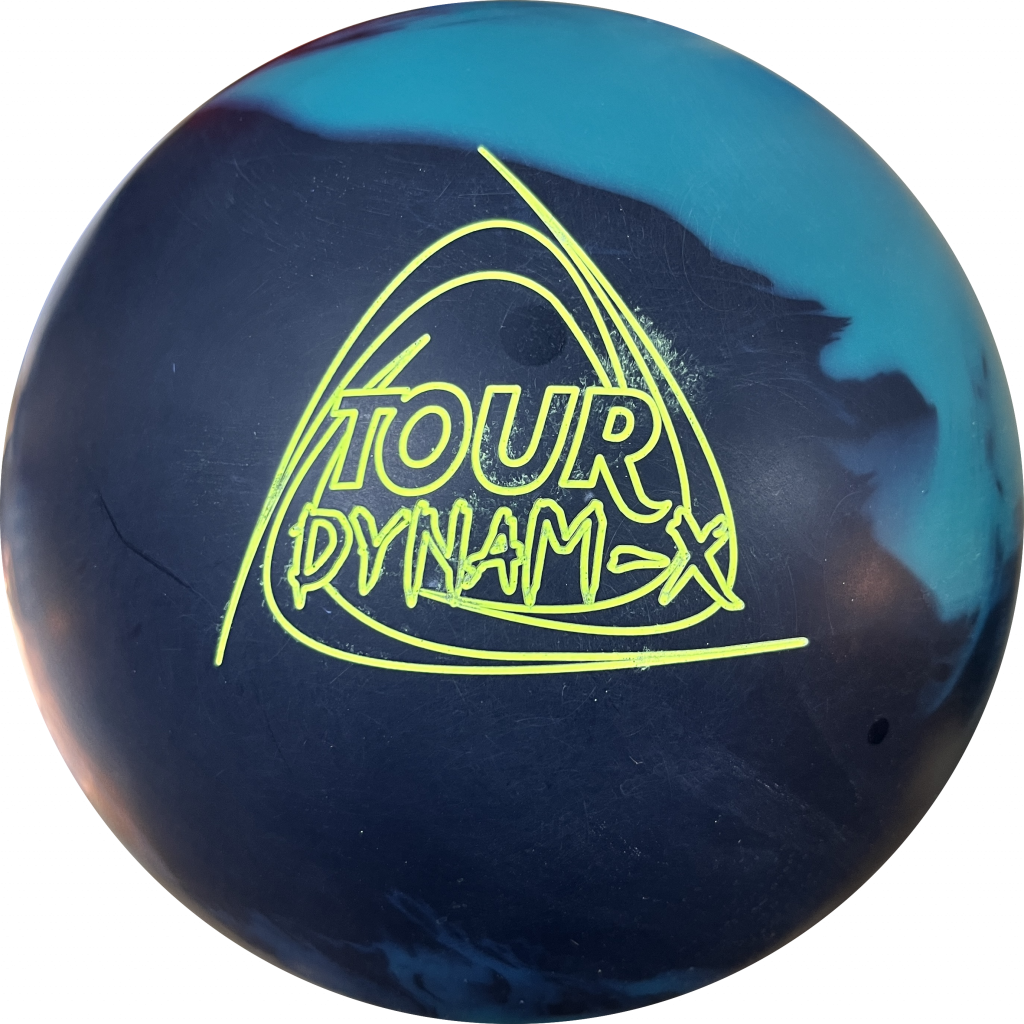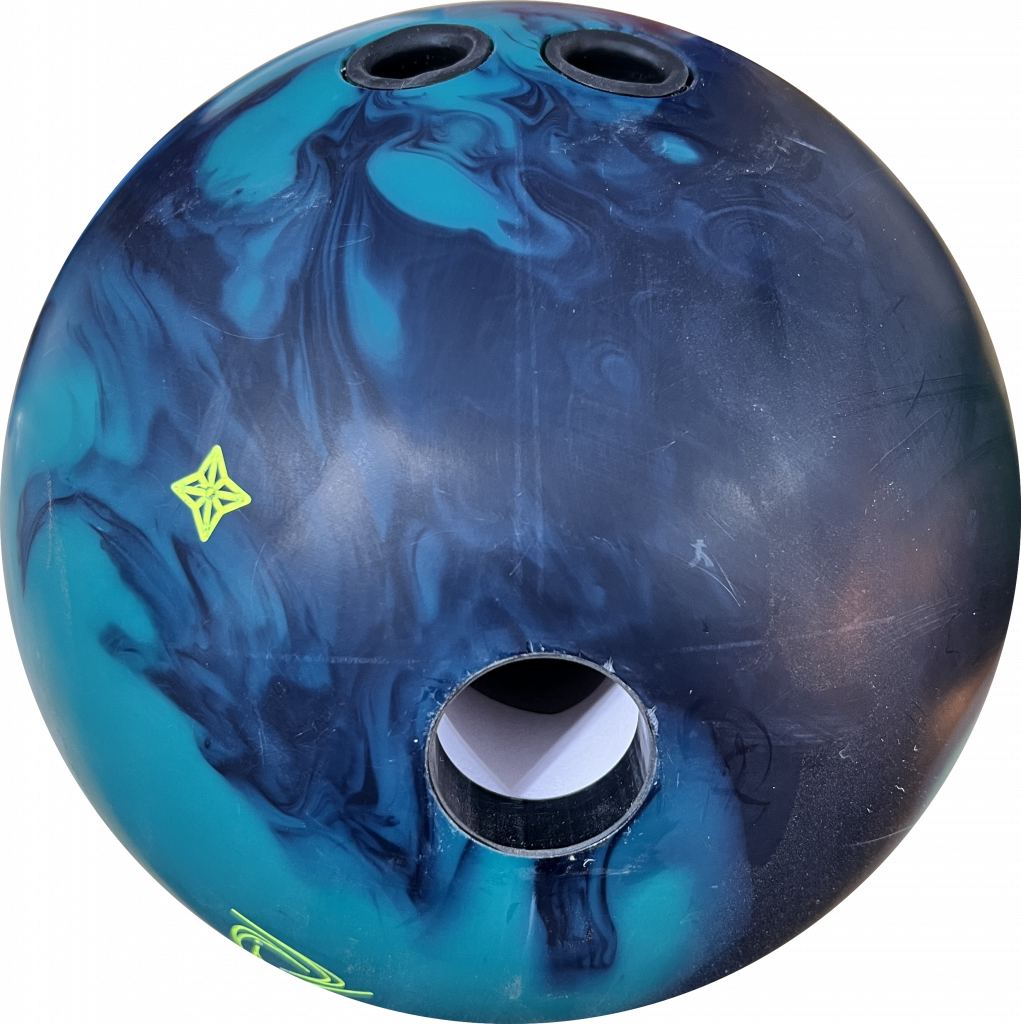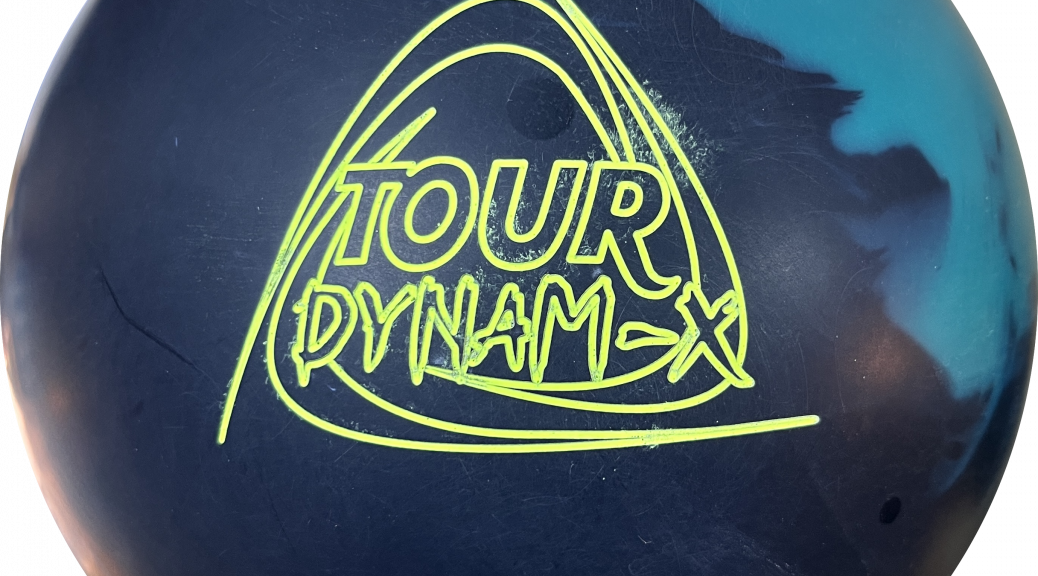


First Impressions
The Tour Dynam-X feels like it will be special on flatter patterns. Possibly give some of us lower rev bowlers an option when the high rev guys are using urethane.
Check out our friends Jeff Miller and Ron Hoppe at Haley’s Pro Shop for world class drilling and coaching!
Tamer Elbaga (Lefty)
Style: Tweener
RPM: 375 rpm
PAP: 5 & 3/8 up
Average Speed: 18.5 mph (at release)
Axis tilt: low
Axis rotation: medium/high
Test Equipment: 14 Pounds
Layout: 50 x 5 x 45
Bryan Hoffman (Righty)
Style: Stroker
RPM: 280 rpm
PAP: 4 1/2 & 1 1/2 up
Average Speed: 18.5 mph (at release)
Axis tilt: high
Axis rotation: medium
Test Equipment: 14 Pounds
Layout: 50 x 5 x 45
Tyler Church (Righty)
Style: Power Player
RPM: 450 rpm
PAP: 5 1/2 & 1/2 up
Average Speed: 19 mph (at release)
Axis tilt: med
Axis rotation: medium
Test Equipment: 14 Pounds
Layout: 50 x 5 x 45
“Keep in mind that coverstock accounts for 70% of ball reaction, but the core creates the dynamic shape of the reaction. Your driller will alter the shape to suit your game.”
Pattern
THS: 42ft, 23ml
Sport: TBD
Specs
The Roto Grip Dynam-X uses the Rondure Tour asymmetric core inside the TourTrax Solid Reactive coverstock.
15 pound = RG of 2.47, diff of .026, mb of .010
14 pound = RG of 2.52, diff of .026, mb of .008
Coverstock finish: 2000 grit abralon
Overall
First, the formula here is to take a little bit of a diggy cover and put in a core that wants to roll relatively early but has a lower diff which means it’ll have a control motion when it does get into a roll. All this adds up to control. The TourTrax is not insanely strong but certainly strong enough for the house shot. But the more important thing is it’s strength relative to the core. Sometimes we get these type of balls we basically use for control like the IQ Tour or Hustles but they tend to feel a little cover dominant. Therefore, lower rev bowlers sometimes lose hit. The Rondure core tries to even that out a bit. I will say I think it’s still a bit cover dominant, especially at 2k grit. The play from direct was really easy and ultimately preferred for me. As I started to move in, I was getting mostly over reaction. I tend to roll it more when I move in and the ball would read whereas I tend to chuck it more from direct. So it got pretty confusing the way it was reacting to the shape of the pattern and my release. Eventually, I’d get deep enough to break the shape and then it wasn’t strong enough. That was a little frustrating but I had to think about it in relation to the pattern. The ball is called Tour for a reason. House shots are nothing like tour shots in terms of shape. I can totally see the Tour Dynam-X working way better and more consistently on a flatter pattern. On house, the cover was making it dig a bit but when you got inside enough, the core just didn’t have enough giddyup.
That being said, the Tour Dynam-X easily fits in Mid Control. I will test it with the other guys when they get back from Nationals. I may also give it a look on a sport shot to validate my thoughts on it one way or another.
Stroker’s Stance
Bryan tested the new Roto Grip Tour Dynam-X. Right off the bat, the ball looked great for him, better than it did for me and even Tyler for that matter. He had lots of room through the fronts and could use between 12 and 15 at the arrows. Generally the Tour Dynam-X is not a huge side to side ball because it is a control ball. But that doesn’t really matter for Bryan. In fact, the control it offers plays right to his strengths. He can play direct very near the friction and get that controlled motion but one that actually carries quite well. The real trick with the Tour Dynam-X is friction dependence and friction control. It kind of needs friction to be effective but in friction it is highly effective. The motion is really beautiful in friction. Rolls like a heavy rolling control piece. It’s when it gets into oil it really shows it’s weakness, something Tyler and I saw a little more of since we prefer to get a little away from the friction. I think this ball is likely to be spectacular on flatter conditions. Pay attention to this… House shots have friction on the left and right. When we played on top of the friction it looked great but moves in looked bad because you move into oil. Sport shots have friction in the back part of the lane. Since it’s pretty flat, what it does into the friction on the back of the pattern should be very controlled which should make it really good. I hope to test this on a sport short soon.
Power Player Perspective
Tyler tested the new Roto Grip Tour Dynam-X as our higher rev player. Initially, it actually didn’t look great at all. He started in his “normal” house zone and it just seemed very lazy. If it doesn’t start up by 35 feet, you can tell it won’t do anything. It took a bit but I recommended he move close to the friction and increase the speed. Once he did that, you can see the beautiful shape the Tour Dynam-X has. As I mentioned in the other videos, the trick with this ball is friction dependence and in the friction, it really shows off its midlane control and heavy roll. Tyler doesn’t usually play this line on house since it’s not usually as forgiving as the track but down and in players will really like it. The big thing here is we really felt like to let this ball shine, it will prefer sport shots where the friction is front to back rather than side to side. This is a key thing. If you keep that in mind, you will understand this ball. If you try to open up and get side to side motion, you will be disappointed. As compared to something like the benchmark IQ Tour, it’s actually quite different in my opinion. IQ Tour has a medium solid cover that allows it to store more energy and thus can shape more. Tour Dynam-X is all control which means less backend while requiring the early read to look good. Hopefully we can come back to this ball on a sport shot.
Final Thoughts
Now the question for any of us is what to do between the Primal and Venom Shocks. Firstly, both balls are Mid Control balls in my opinion. Frankly this is one where I’d be totally confused by Motiv’s placement in the ball chart if I didn’t actually test it. Both might make some sense in isolation but if anything the Primal is placed correctly and the Shock is not. They are way closer than they appear in the chart. And therein lies the rub. As of today, as a tweener I think the Primal would sit in my Mid Control spot over the Venom. Same for Bryan while the opposite would be true for Tyler.
Thanks for watching.

